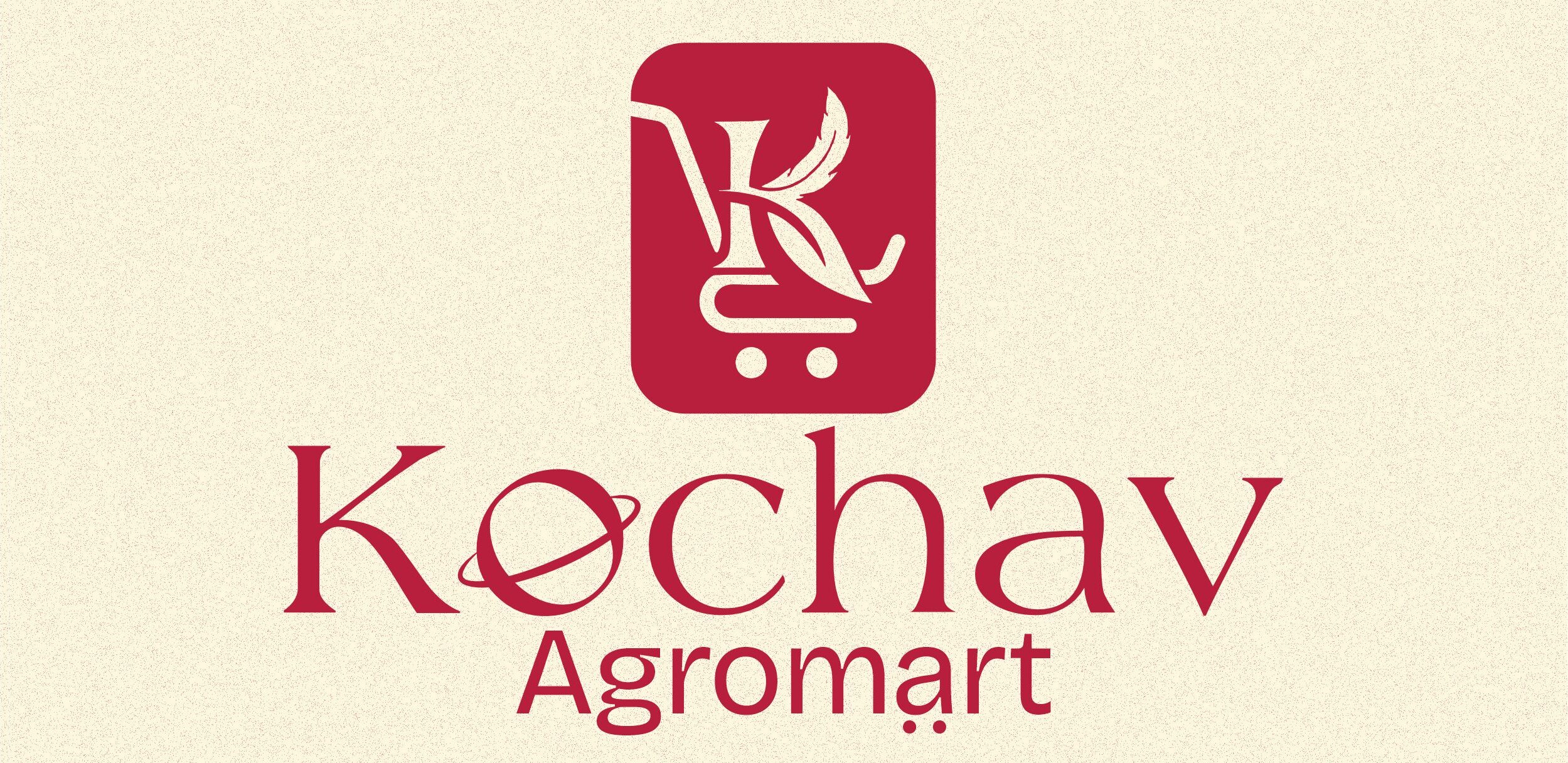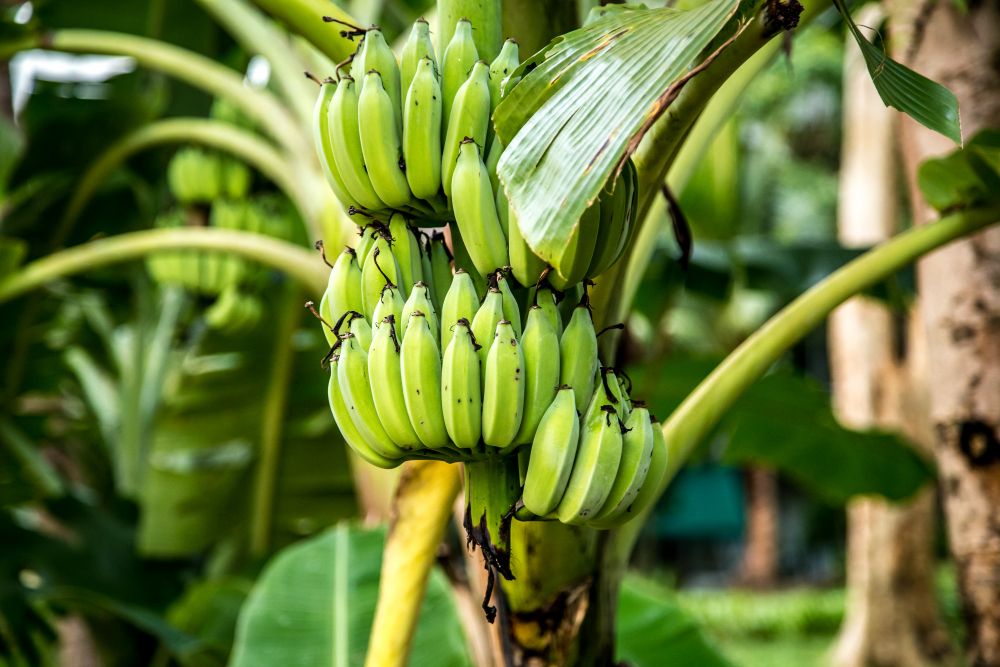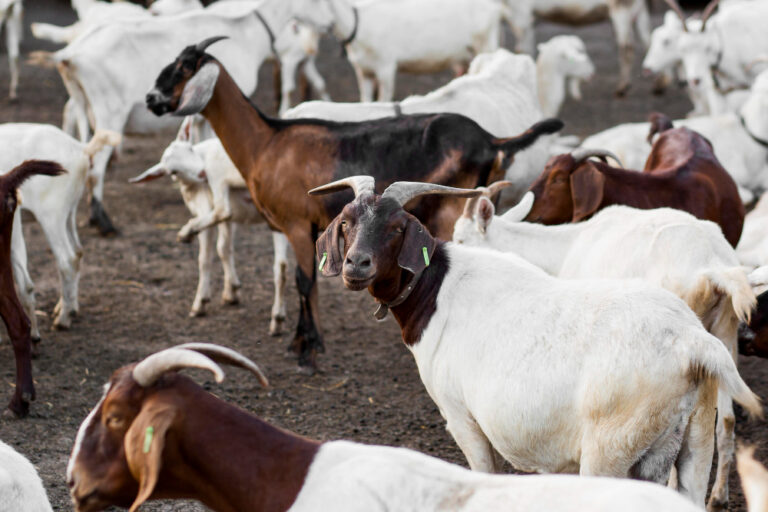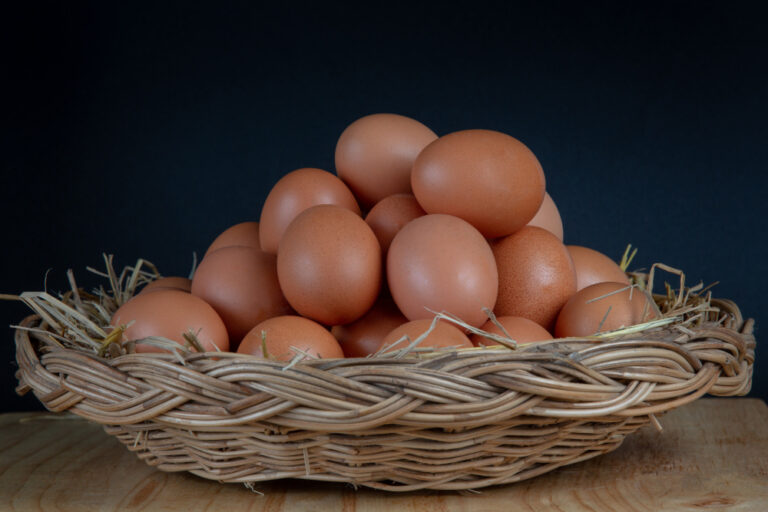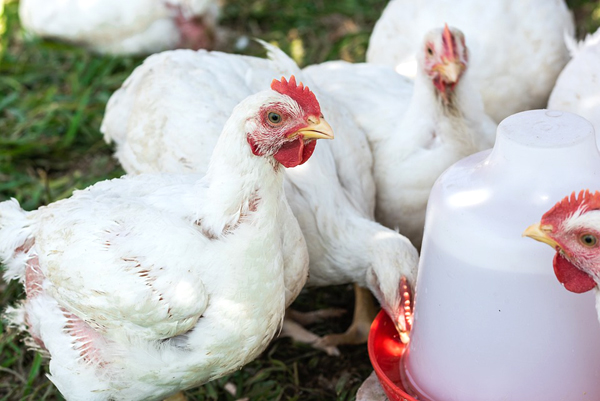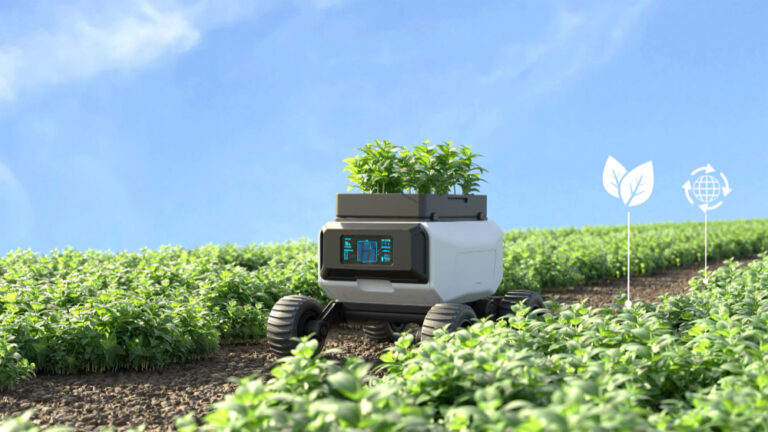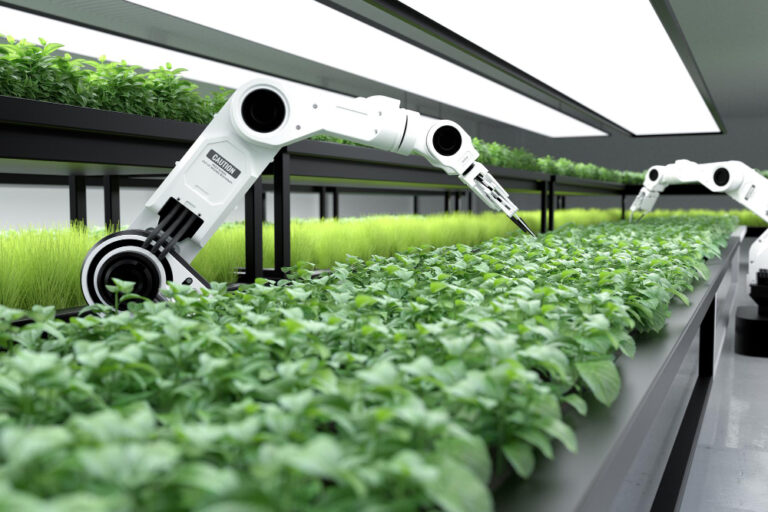Common 5 Mistakes To Avoid in Plantain Farming as Beginners
Plantain farming is a profitable agribusiness in Nigeria which has helped to reduce poverty and create greater opportunities for agripreneur due to its increase in demand and consumers increases per time. Although there are some farmers who are not making profits in plantain farming because they lack knowledge on how to go about it, they plant the wrong suckers and even their production practice is very poor which affects the yields and gives the farmer a low income.
Plantain is best planted during rainy season to provide enough water for the plants because plantain needs enough water in their first 3 – 4 months stage. And planting when rainy season is almost over will give the farmers more stress because they will need to keep the plants under irrigation all through its growing stage.
Uses of Plantain
Plantain has some certain uses which include the following:
- You can either fry your plantain, eat it raw or boiled depending on how you like to eat your plantain.
- It can be made into flour by drying and grinding.
- It can be made into chapo by boiling, blending with water and adding sugar and spices to it.
- Dodo ikire (well known by osun people) can be made from overripe plantain to avoid wastage
The land for plantain farming needs to thoroughly checked before selecting the land, you need to check if:
- It has a good pH
- The land is well drained
- The land is fertile
- It has a good topography
- It is free from pest
- The land can be accessed easily
Common Mistakes in Plantain Farming
The reason some farmers don’t make profit in plantain farming is because of the following mistakes:
1. Unhealthy suckers
Buying unhealthy suckers to plant will always affect your yield because unhealthy suckers are infected by diseases, weevils or pathogens which will result in poor seed production, and stunted growth. It is important to know that the sucker you are buying for your plantain farming business is well treated and it’s disease/pathogens free and ensure you buy your sucker from someone/source that is trustworthy.
2. Infected Lands
Some problem might not be the plantain suckers but the land, and regardless of how healthy the sucker can be if the land is infected the plant will not grow. The soil may either be infected with pest or nematode which can be transferred to the plantain sucker when it is being transplanted. It is important to always check the condition of your soil before planting, if it is disease/pest free, if the pH level is normal and the condition of the soil is normal. After testing your soil and you notice any issue with your soil conduct a treatment immediately before planting on it.
3. High expectation
There are some farmers that are expecting to harvest all their plants at the same time but with plantain, that’s not the case because it requires patience and plantain reaches maturity about 15 months (1 year 3 months).
4. Late diseases and pests control
Plantains are vulnerable to disease like aphids, weevils, beetles or crown rot. You need to fight diseases and pests on your farm early to keep your plantain plants healthy and make the growing stage a smooth one. You can use the method of integrated pest management to fight diseases or pests on your farm.
5. Horn plantain
Farmers who want to go into commercial plantain farming should avoid horn plantain sucker at all means because they produce a great yield. They only produce a few fingers on a bunch of about 15 fingers but they are big in size. You can always go for hybrid which produces full bunch and they are large in size.
Practical Steps in Starting Plantain Business
Plantain suckers are what farmers plant to grow plantain, the price ranges from about ₦100 to ₦500 although the price is determined by the type of sucker you want. Most farmers preferred picking medium size suckers to giant size because the giant size leaf can be destroyed by strong wind easily. To get plantain sucker, you do that by separating it from mature plantain with either a spade or cutlass but be careful when doing this so as not to remove the sucker corm. And to get a great yield from your plantain farm, depends on the type of sucker you choose and its varieties.
Planting
Plantain suckers can be transplanted at 30 by 30 by 30cm. The hole should be deep to house the root ball of the sucker.
Mulching, Fertilization, Weed control
Mulching is the practice of applying a layer on the soil like leaves, wood chips to help improve the soil. It is important to apply mulches to cover the soil before transplanting plantain sucker, this helps the soil to absorb water, control soil temperature, increase the fertility of the soil and prevent the growth of weed around the sucker.
Fertilization
Nutrient is important for plantain suckers and this can be supplied through application of fertiliser and dead plantain leaves also enhance soil fertility. Other fertiliser that can be applied includes poultry manure, household waste and wood ash which helps to improve the growth of plantain, increase yield and also prevent the attack of pests/diseases. Weed control
Weed is an unwanted plant that competes with other plants for nutrients and It is important to remove them or have them under control. You can either remove weed by using your hand or apply herbicide fertiliser to have it removed and this can be done around their 6th or 8th week of planting.
Harvesting
Plantain can be harvested once they reach maturity about 8 – 10 months of transplanting or once you notice two or more plantains is getting yellowish which signifies ripeness. The bunch needs to be cut from the stalk, and you need to be careful when doing this to avoid a scratch on the bunch because when the bunch is scratched it results in rottenness within a short period of time. You can also use the leaves of the plantain for mulching.
Marketing
Plantain has a high demand in the market and you can either sell locally or supply companies or industries that deal with plantain processing.
Conclusion
Although there are some farmers who are not making profits in plantain farming because they lack knowledge on how to go about it, they plant the wrong suckers and even their production practice is very poor which affects the yields and gives the farmer a low income.
The land for plantain farming needs to thoroughly checked before selecting the land, you need to check if it is well drained, fertile, has good topography, free from pest, accessibility and pH levels
For more tips on farming or agriculture related topics, check Kochavagromart/farm insights
